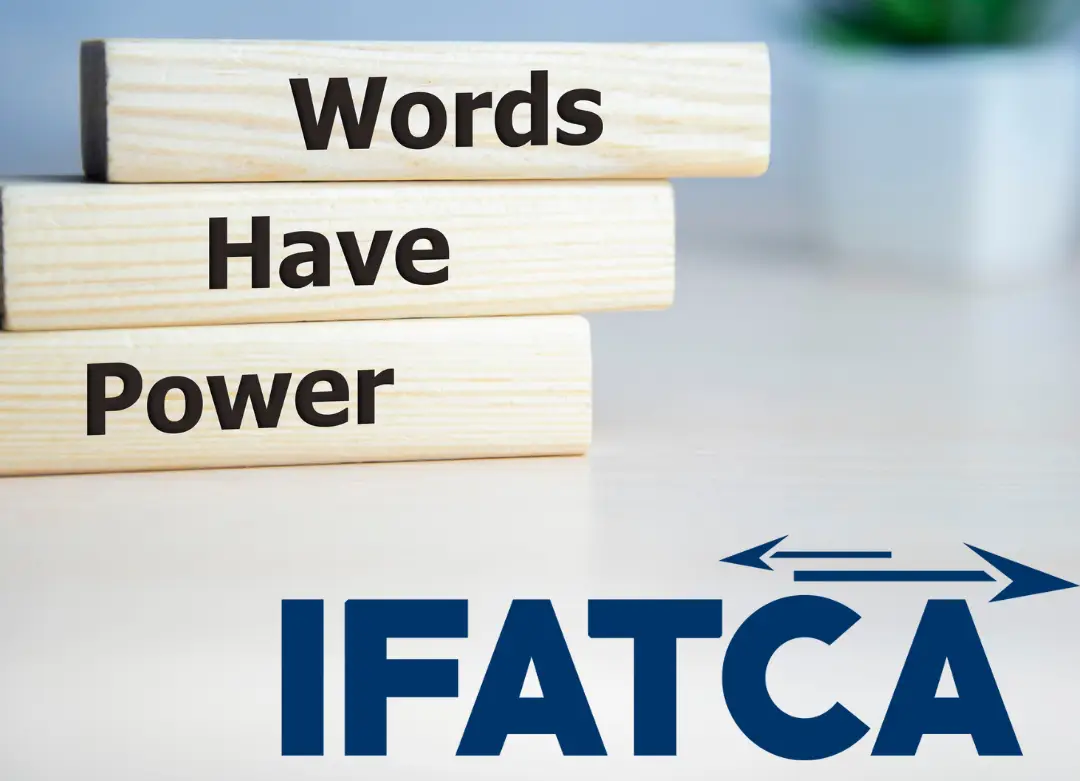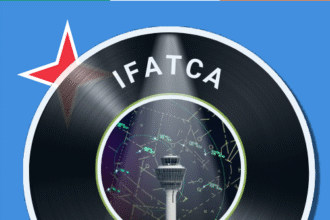ACI Europe, ECA, FSF, IATA, ICCAIA, IFALPA, and IFATCA
Background
Article 26 (“Investigation of accidents”) of the Chicago Convention includes a requirement for States to institute an inquiry into the circumstances of an accident and communicate their report and findings. Additionally, ICAO Annex 13 (Aircraft Accident and Incident Investigation) contains a requirement that the State conducting the investigation of an accident or incident shall send its preliminary report within 30 days of the date of occurrence or, when matters directly affecting safety are involved, as soon as the information is available and by the most suitable and quickest means available.
That State is also required to make the final report publicly available as soon as possible and, if possible, within 12 months. If the report cannot be made publicly available within those 12 months, an interim statement shall be made publicly available on each anniversary of the occurrence, detailing the progress of the investigation and any safety issues raised.
STATISTICAL DATA
ACI Europe, ECA, FSF, IATA, ICCAIA, IFALPA, and IFATCA are increasingly concerned about the inconsistent State compliance with the above Standards, which results in the delayed publication and, in some cases, the non-finalization of investigation reports. The rate of Effective Implementation of those particular Standards, as identified by the ICAO Universal Safety Oversight Audit Programme (USOAP) programme, is an important indication that States fulfil their obligations under Annex 13, and the regular and unrestricted publication of this rate might be helpful in providing an insight as to why final reports are not completed.
As of 30 June 2024, IATA data indicates that, between 2018 and 2023, out of 268 accidents recorded in the IATA Annual Safety Report, only 140 (52%) investigations were completed, while 128 (48%) remain without final reports.
Furthermore, data gathered by FSF between 2018 and 2022 for all aircraft over 5,700 kg, both scheduled and unscheduled, as reflected in the Aviation Safety Network database, shows 448 accidents and serious incidents requiring reporting in accordance with Annex 13, of which only 160 (36%) were completed.
As can be seen, a high percentage of the final reports are not submitted or are not made available for the industry. In addition to this delay, many “interim statements” published in accordance with the provisions of Annex 13 provide little more than what was presented in the preliminary report and are often provided as a substitute for a prolonged or incomplete investigation.
CRUCIAL ROLE OF FINAL REPORTS
The aviation industry operates on a foundation of trust, and promptly sharing accident reports demonstrates a commitment to openness. This transparency fosters public confidence and allows for a thorough examination of the circumstances and contributing factors surrounding an occurrence.
Publishing final reports allows for a swift understanding of the events leading to the accident, helping aviation authorities and industry stakeholders to identify and promptly address safety concerns, and take corrective actions to prevent similar occurrences.
Conversely, failure to publish thorough and timely accident investigation reports prevents operators, equipment manufacturers, regulators, infrastructure providers, and other concerned stakeholders from accessing critical information that could make flying even safer. It also affects the confidence of the flying public, aircrew, and other aviation stakeholders.
Ideally, an English version of these final reports should always be published. English is the international language of aviation, and an English version further helps with the sharing of vital information, facilitates a better understanding of the concerns amongst aviation professionals from other countries, and ensures a quicker dissemination and implementation of safety recommendations.
POSITION
The accident investigation process is one of the most important learning tools when building global safety standards. But to learn from an accident, the aviation industry needs reports that are complete, accessible and timely. An interim statement is never an acceptable substitute for a comprehensive final report. States should ensure an appropriate level of training and resources to improve in the delivery of accident reports. States should follow the requirements laid out in ICAO Annex 13 and publish thorough final reports of accident investigations in accordance with the timelines required by this Annex, to guarantee the continuous improvement of aviation safety Standards.
_________
©2025 The International Federation of Air Line Pilots’ Associations. This publication is provided for information purposes only, in all cases pilots should follow their company’s guidance and procedures. In the interest of flight safety, reproduction of this publication in whole or in part is encouraged. It may not be offered for sale or used commercially. All reprints must credit IFALPA.







